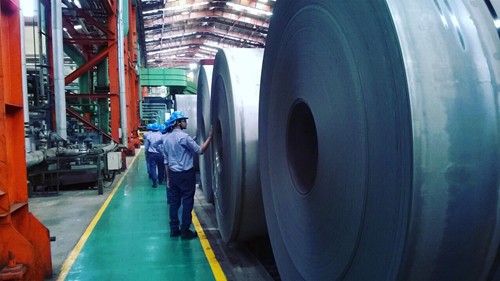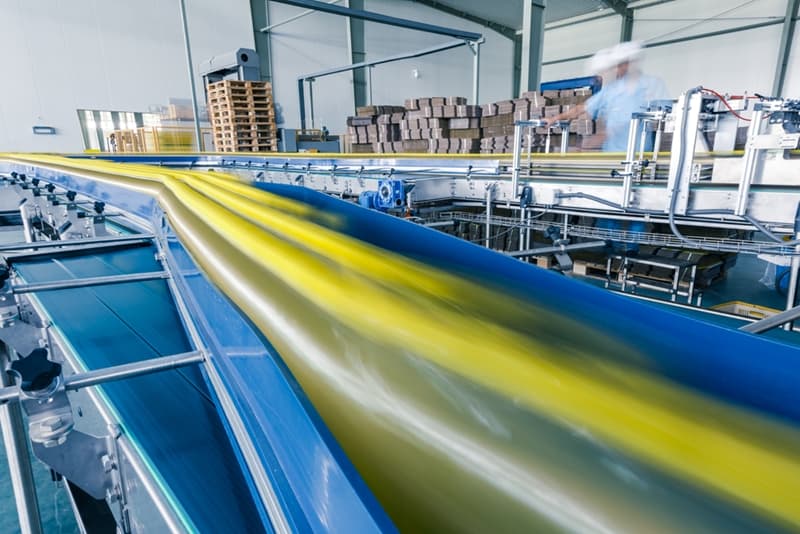In an age of fluctuating oil costs and increased demands for sustainable practices, waste heat recovery has proven to be a win-win situation for plants and processes in a wide range of industries.
Waste heat recovery is the process of collecting heat that would have otherwise dissipated into the air inside or outside of a facility, and using it elsewhere in an area of the plant that requires heat generation. This can reduce operational expenses because it decreases the need to pay for heating.
While virtually any large-scale facility can benefit from waste heat recovery, there are a few industries identified as the fastest-growing end-users of waste heat recovery systems. Here are four sectors where facility managers may find that installing waste heat recovery systems could cut costs and make their processes more efficient:
“The cement industry is the fastest growing adopter of waste heat recovery systems.”
1. Fuel refining
Petroleum refining takes the top spot for industries using waste heat recovery systems. Producing fuel is incredibly energy-intensive, with processes like distillation, thermal cracking and treatment all requiring high temperatures.
2. Cement production
The cement industry is the fastest growing adopter of waste heat recovery systems, perhaps in part because of the highly energy-intensive process required to make clinker, the product of a chemical reaction that results in small rocks that are eventually ground into cement.
Much of the heat lost during this process comes from the kiln, which is heated to 200 to 400 degrees Celsius and is where the chemical reaction takes place. According to a Waste Heat Recovery Technology Analysis drafted by the Department of Energy, systems to recover lost heat from these kilns are widely available but rarely utilized.
3. Food and beverage
The food and beverage industry also produces plenty of heat that can be recovered for use elsewhere throughout a facility. Gatorade’s Wytheville, Virginia, plant is one example that worked hard to become as sustainable an operation as possible – it was the first food and beverage site of its size to earn the LEED Gold distinction, according to Food Engineering.
One of the many adaptations Gatorade made to the facility was its waste heat recovery system.
“We heat and cool many things around here,” Arnie Wodtke, Gatorade’s director, noted to Food Engineering.
The facility installed Enerquip shell and tube heat exchangers, which routed cold water – used to cool bottles after filling – to two boilers. Economizers attached to the boilers improved the rate at which that water is heated. When the water reaches 180 degrees Fahrenheit, it’s sent back to the boiler.
“It’s easy to measure the direct savings from an energy-efficient motor,” explained Rich Schutzenhofer, vice president of engineering, technology development and resource conservation at the Chicago headquarters of Pepsico’s Quaker/Tropicana/Gatorade group, according to Food Engineering.
“People don’t take into consideration what a 1 percent increase in productivity means across the entire workforce,” he continued. “That’s real; it’s not bells and whistles.”
4. Higher education
It’s not just industrial facilities that can benefit from waste heat recovery systems. The University of Illinois-Chicago invested in a heat exchanger and other equipment of its own to reduce operational expenses by $8,000 annually.
The system is expected to save 15,900 therms of natural gas and 3,100 kilowatt hours of electricity each year. A heat exchanger, combined with repairs to fix leaking pipes, will save the university 2.5 million gallons of water every year.
“We’re saving energy and the environment at the same time,” Waleed D’Kidek, superintendent of utilities, told UIC Today.
Have you determined areas of your process where usable heat is going to waste? Reach out to the knowledgeable engineers at Enerquip. We know how to evaluate your operation and determine the best shell and tube heat exchanger for your waste heat recovery needs.


